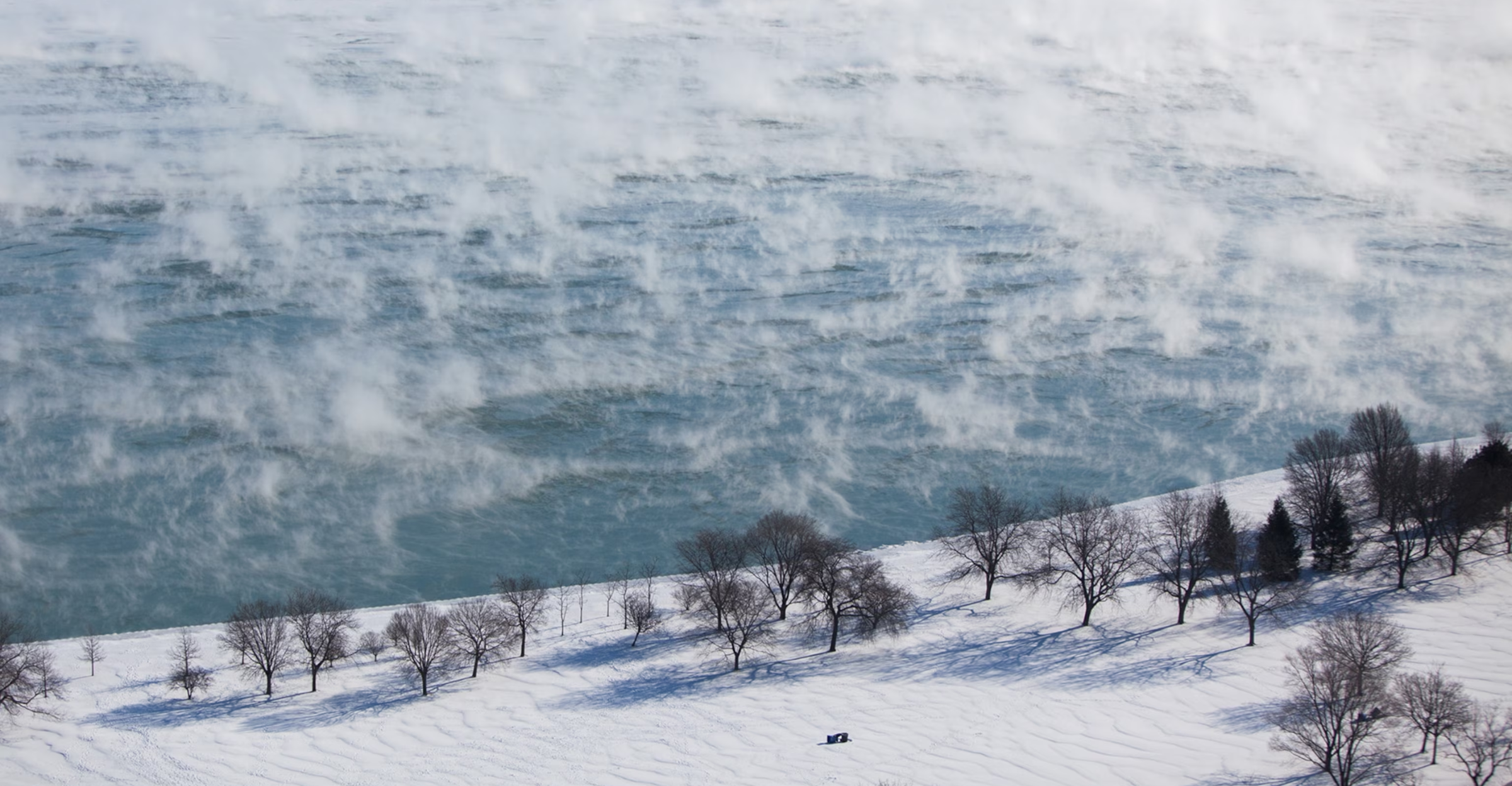
Lake Erie may be the shallowest of the Great Lakes, but it’s proving to be a powerhouse when it comes to winter storms. Thanks to a warming climate and changing weather patterns, this often-overlooked lake is turning into a snow-making machine, burying communities under feet of snow in just hours. With ice cover forming later in the season, conditions for lake-effect snow are becoming more extreme—raising the question: Could these storms get even worse?
The Making of a Snow Machine
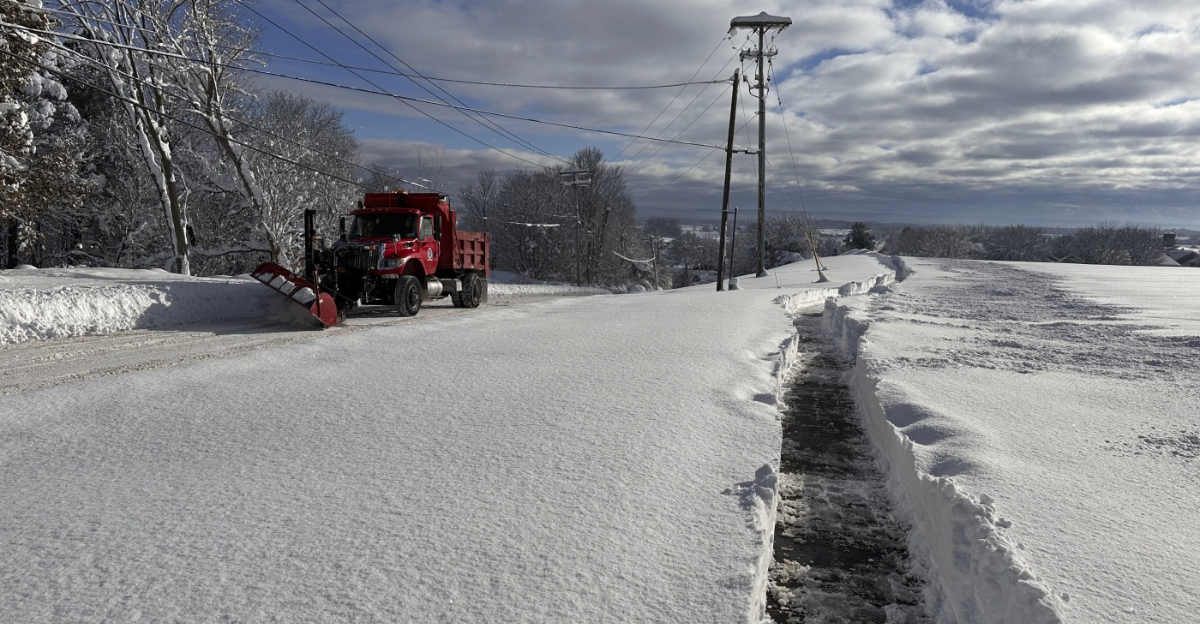
Lake Erie is transforming into a relentless snow generator, burying towns under record-breaking snowfall. But why is this happening? Climate shifts, declining ice cover, and changing weather patterns have supercharged lake-effect snow, creating extreme winter storms. Unlike ordinary snowfall, these storms are fast, intense, and dangerously unpredictable. The result? Entire communities paralyzed in hours. Understanding the mechanics behind this phenomenon is crucial to preparing for what’s ahead.
What Is Lake-Effect Snow?
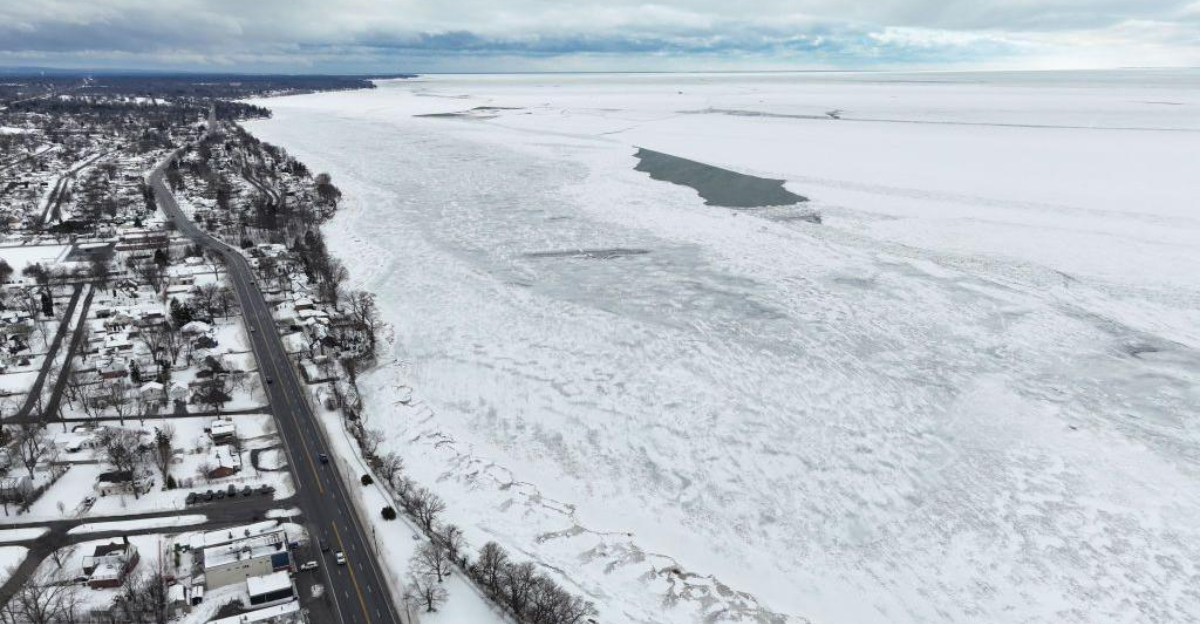
Lake-effect snow happens when cold, dry air moves over warmer lake water, picking up moisture that forms heavy snow clouds. This turns ordinary winter weather into a high-speed snowstorm. Unlike regular snowfall, lake-effect snow dumps massive amounts in narrow bands, creating hyperlocal blizzards. Some areas get buried under feet of snow while others nearby remain nearly untouched. Lake Erie’s shallow waters and warming trends are amplifying this effect, making it more extreme than ever before.
The Role of Warmer Waters
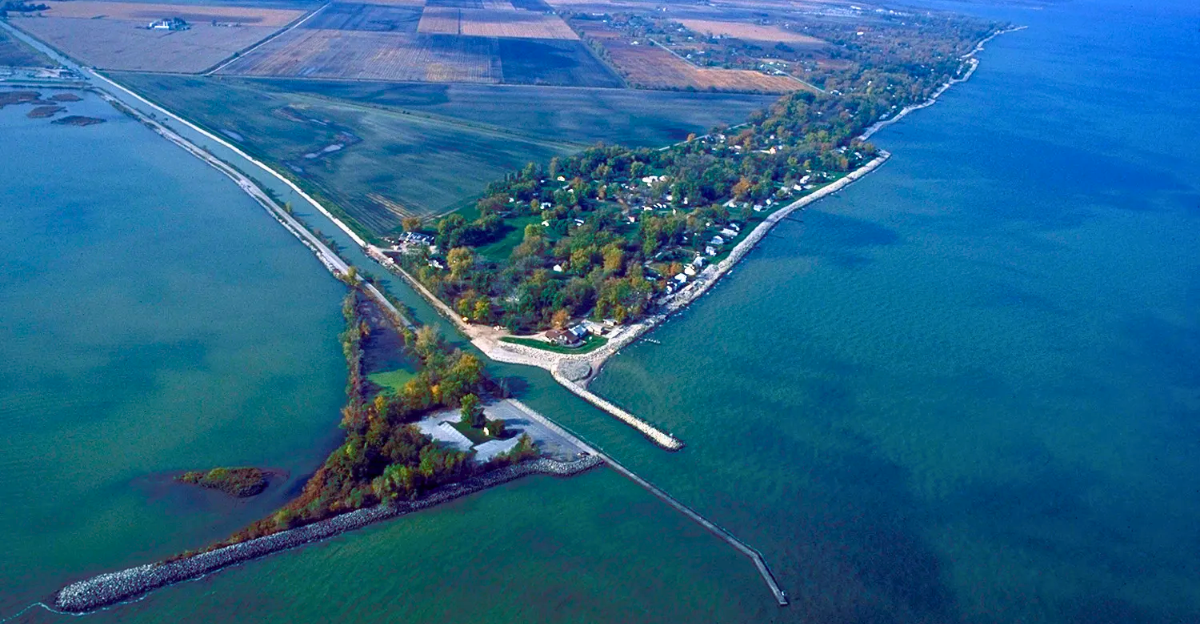
Lake Erie is heating up, and that’s a big problem. Warmer water fuels the lake-effect snow machine by keeping the lake ice-free longer. More open water means more moisture is available for snow formation. In the past, Erie would freeze early, shutting down the snow cycle. But with ice cover forming later—if at all—the lake keeps churning out snowstorms deep into winter, even extending into spring.
Ice Cover—The Vanishing Shield
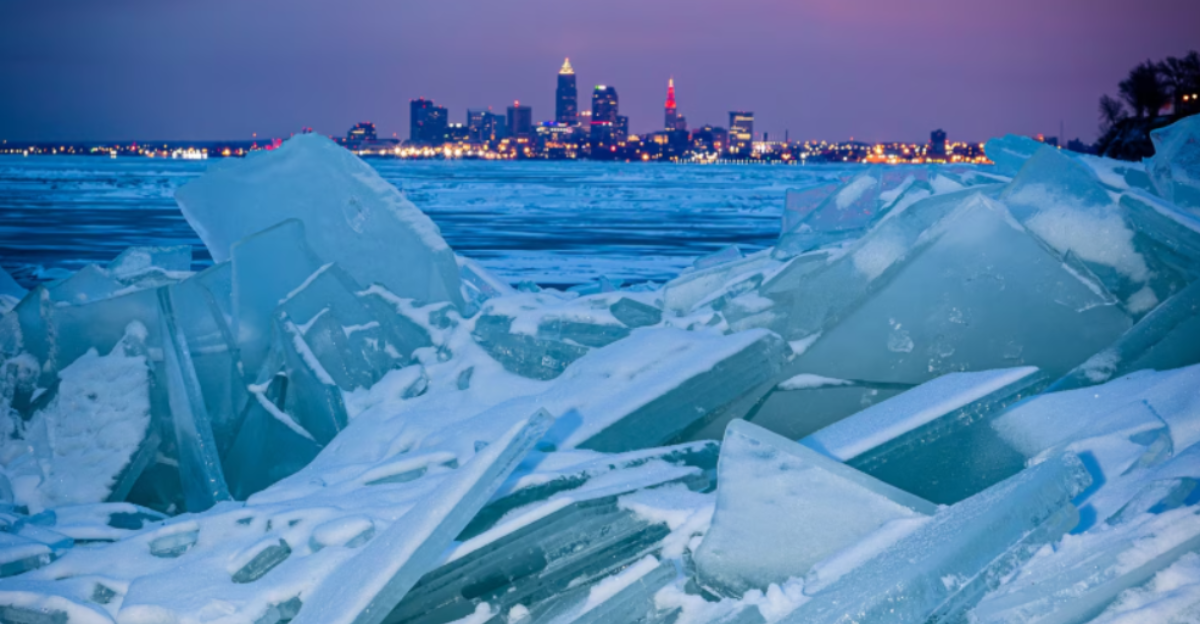
Ice used to act as a natural barrier, limiting how much moisture Lake Erie could feed into storms. But that barrier is disappearing. Over the last 50 years, Great Lakes ice coverage has dropped by 5% per decade. In January 2024, Lake Erie was only 13% frozen—one of its lowest levels on record. Less ice means more evaporation, more moisture in the air, and heavier snowfalls. Without a rebound in ice cover, extreme snow will only intensify.
Arctic Air—The Perfect Storm Ingredient
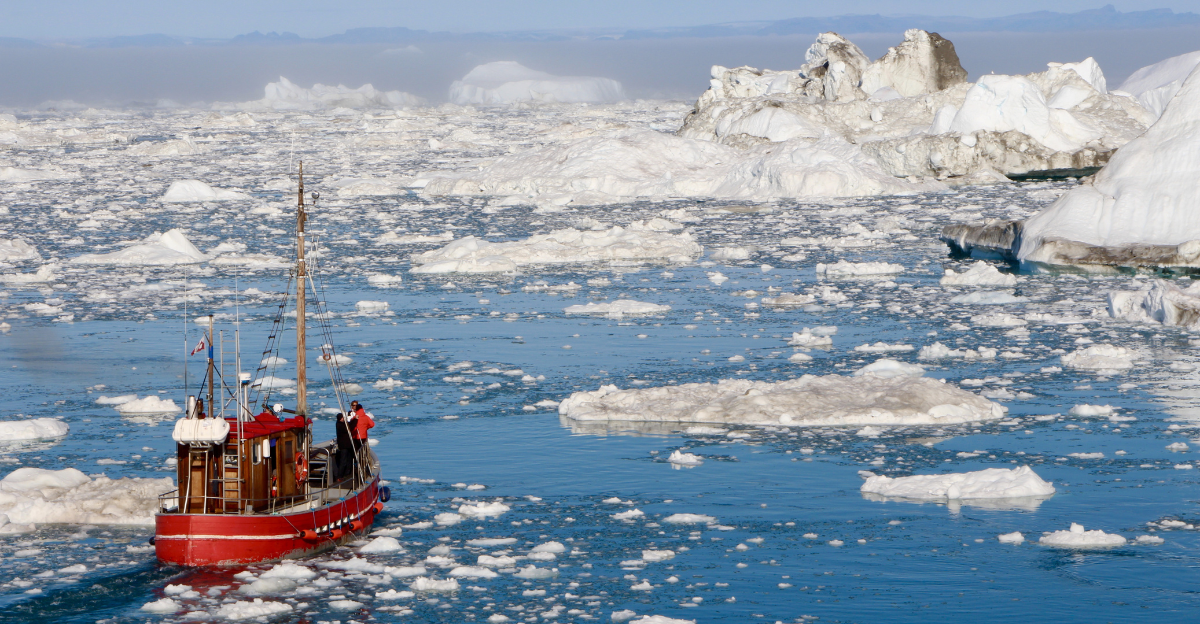
Cold, dry Arctic air masses are essential for lake-effect snow, and they’re still surging south every winter. But with Lake Erie staying warmer, the temperature difference between water and air is becoming more extreme. The bigger the contrast, the stronger the snowfall. When these frigid air masses sweep across an unfrozen Lake Erie, they absorb vast amounts of moisture, turning into snowstorms that dump two to three inches per hour—sometimes even more.
This Isn’t Just a Great Lakes Problem
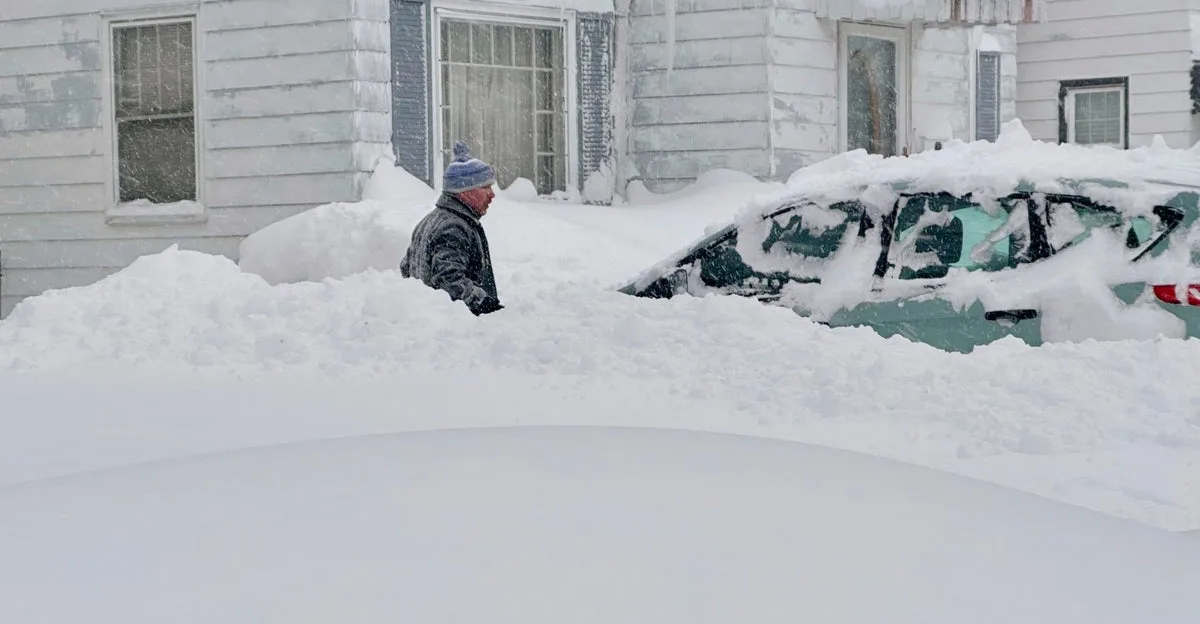
Lake Erie’s worsening snowstorms aren’t an isolated event. Across the globe, warmer waters are fueling unexpected snowfall. Istanbul has seen an increase in sea-effect snow, while cities near the Sea of Japan have documented stronger storms. Even the Gulf Coast of the U.S. recently reported lake-effect snow. The conditions forming over Lake Erie are part of a global trend with far-reaching consequences.
How Snow Belts Get Buried
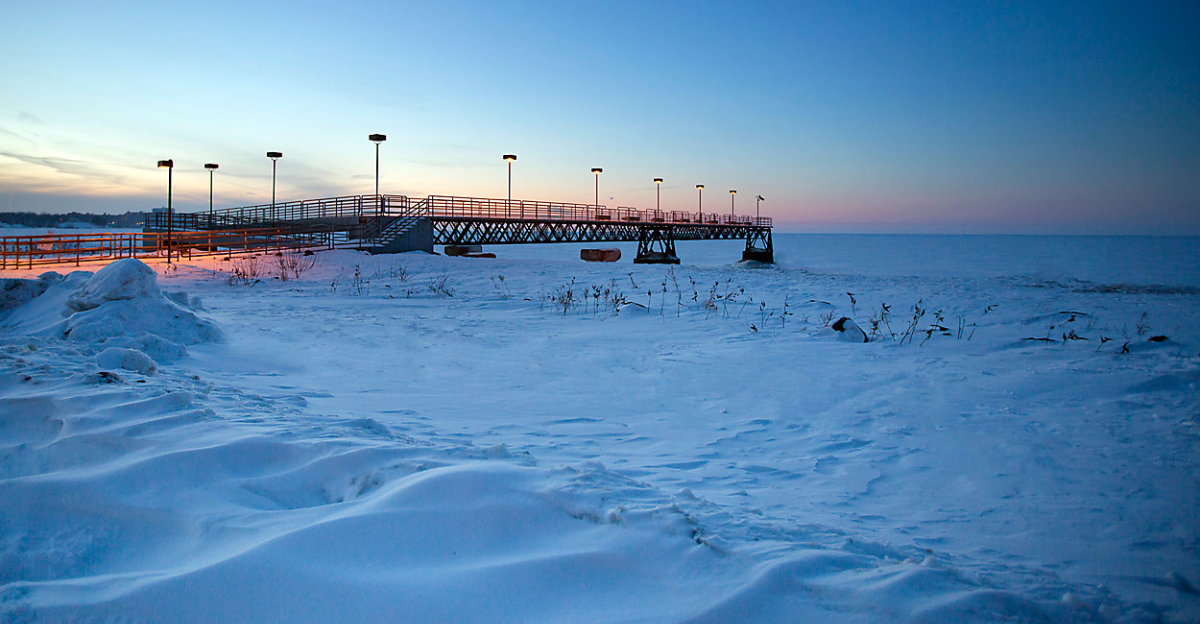
Lake-effect snow doesn’t fall evenly. It hits hardest 20 miles inland, where the land rises, forcing even more moisture out of the air. This is why places like Buffalo and Erie get slammed while other areas see only flurries. These “snow belts” can receive multiple feet of snow in a single event, cutting off communities, halting travel, and overwhelming emergency response efforts. With Lake Erie’s snow machine strengthening, these snow belts are in for even worse winters.
The December 2024 Wake-Up Call
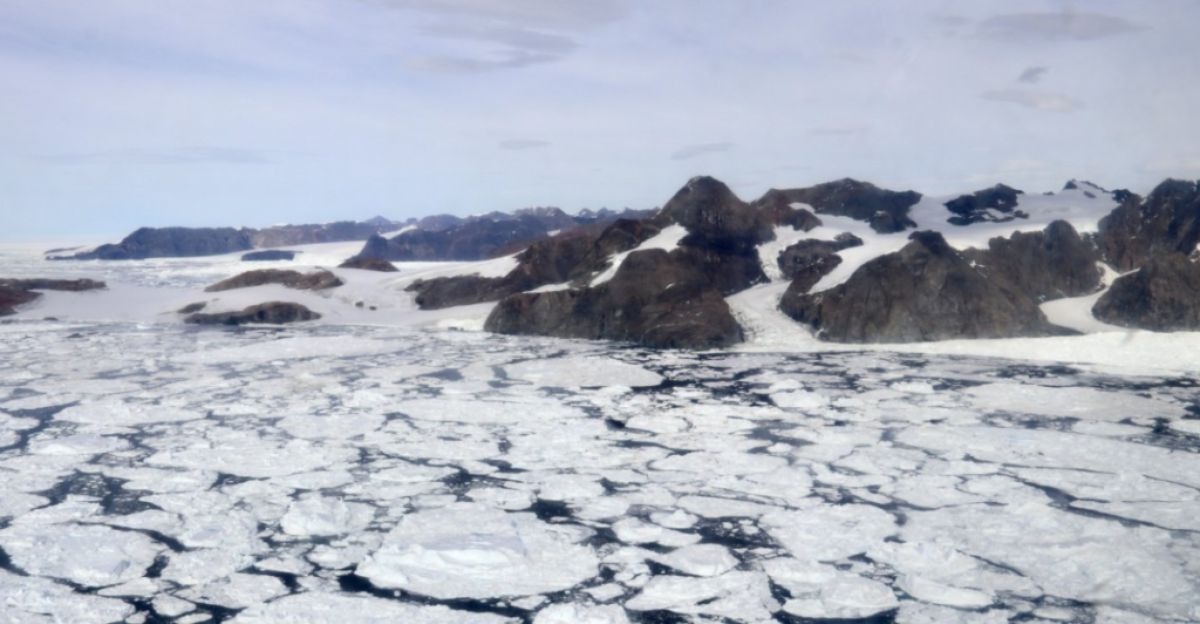
December 2024 delivered a brutal warning. A surge of Arctic air activated Lake Erie’s snow machine, producing over two feet of snow in just hours. Highways shut down, thousands lost power, and travelling became impossible. Winds gusting up to 40 mph turned snowfall into blinding whiteouts. This wasn’t a one-off event—it was a preview of what’s coming. As Lake Erie continues warming, these extreme storms will become more frequent and severe. What happens when the next one strikes?
How Cities Must Adapt to Survive
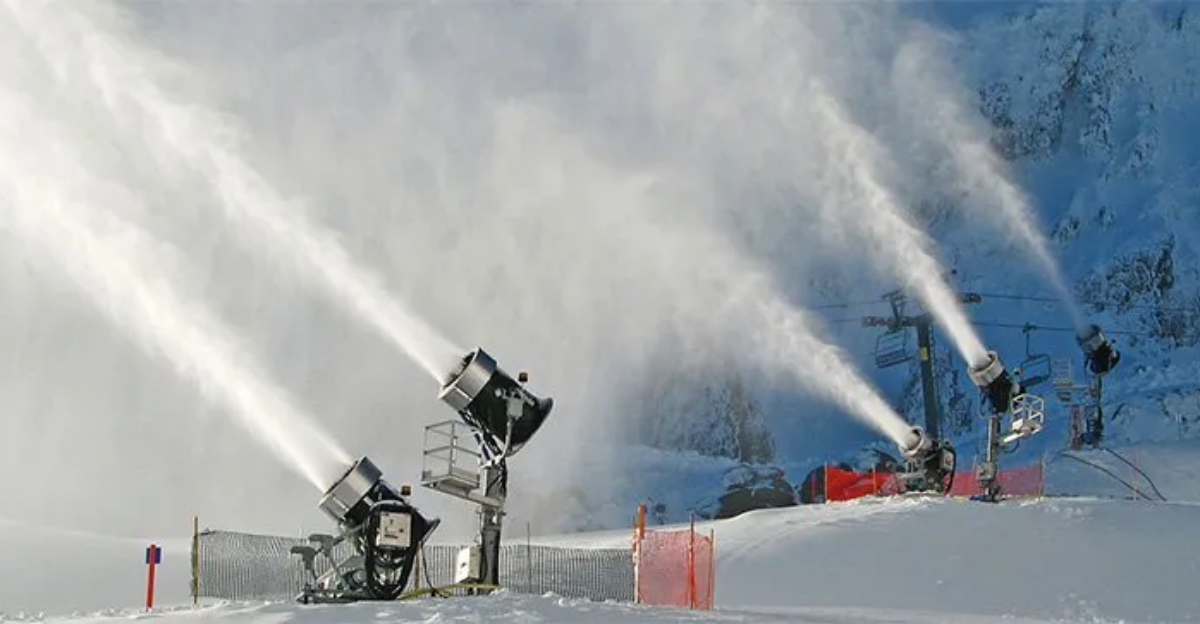
Experts say that surviving future lake-effect storms requires a complete urban overhaul. Cities must integrate snow storage areas, upgrade drainage systems, and ensure roads stay passable. Expanding access to snow removal equipment and reinforcing power grids will be essential. Without these upgrades, communities will remain vulnerable to winter’s increasing fury.
The Economic Toll
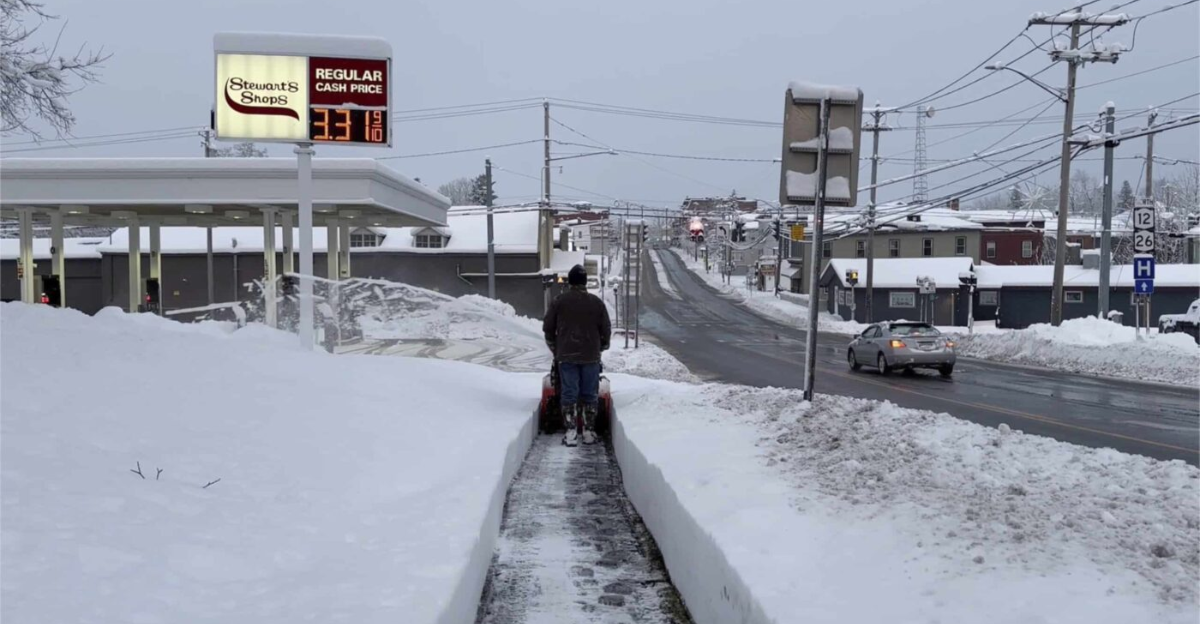
Beyond infrastructure, Lake Erie’s snow machine is dealing a financial blow. Businesses shut down, supply chains break, and insurance claims surge. Meanwhile, winter tourism faces a paradox—ski resorts get more snow, but ice fishing and lake-based recreation suffer. These shifts create an unpredictable economy where some industries thrive while others struggle. If extreme snowfall continues increasing, regions dependent on winter tourism may need to completely rethink their business models.
Home Values and the New Snowbelt Reality
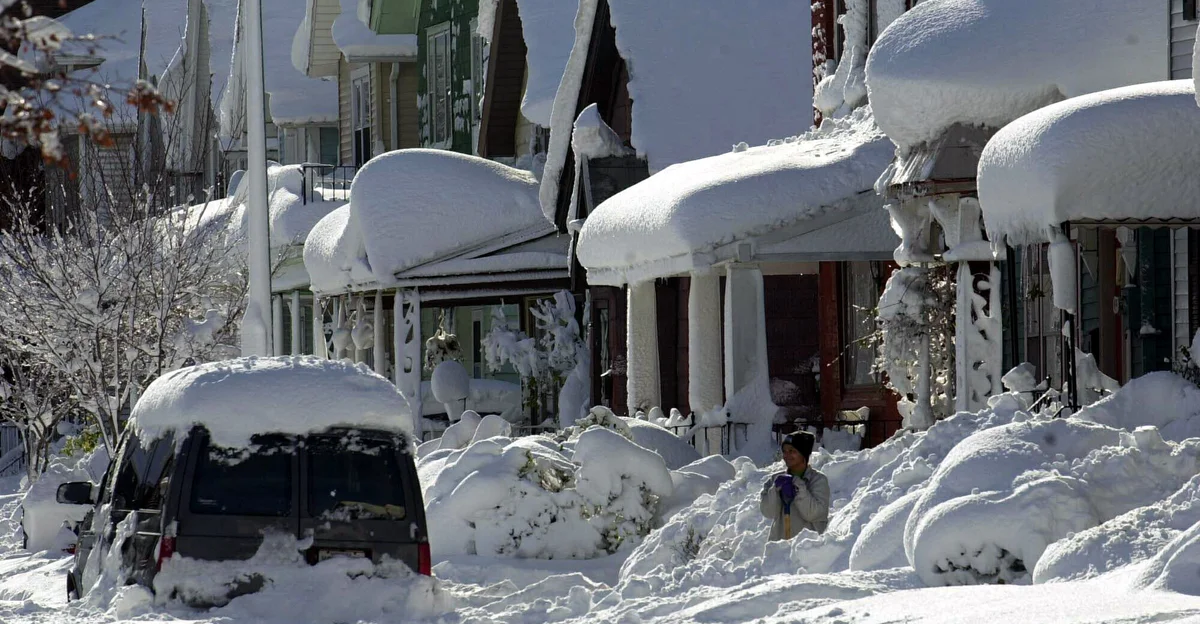
As Lake Erie’s snow machine intensifies, property values in heavy snow zones could take a hit. Homes in extreme snowfall areas face higher insurance rates, more frequent damage, and increasing maintenance costs. Meanwhile, regions just outside the worst-hit zones could become more desirable. This microclimate-driven shift could reshape real estate markets, turning some communities into winter wastelands while others benefit from slightly milder conditions.
Will Lake Erie’s Storms Get Even Worse?
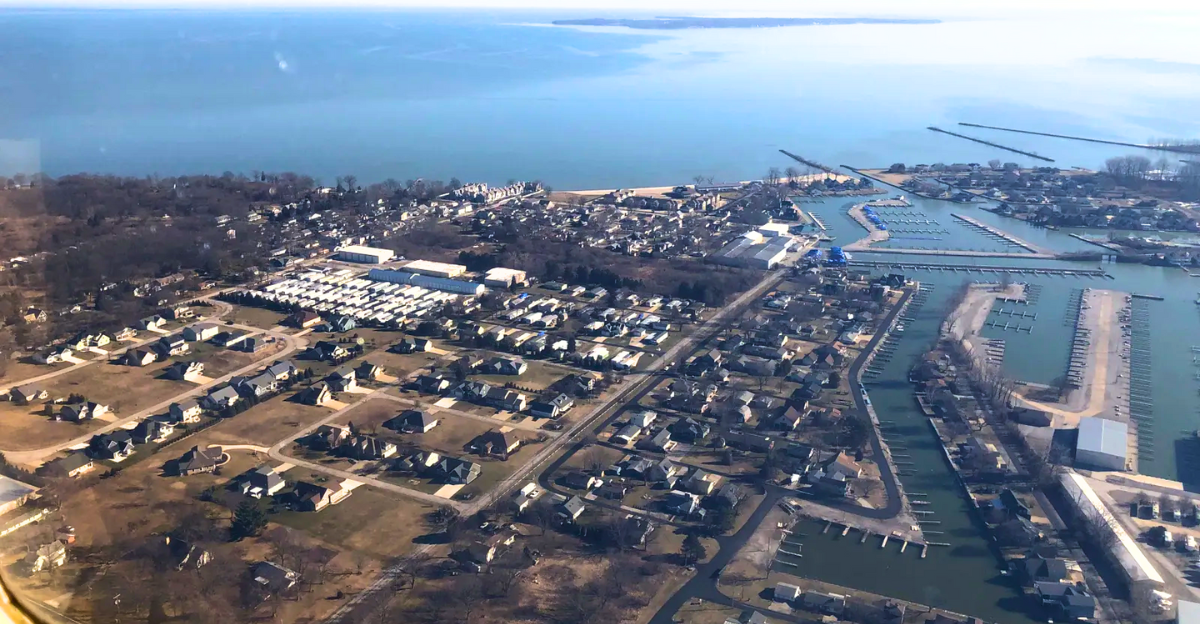
The warning signs are clear: warmer lakes, rarer but more intense Arctic air outbreaks, and storms that cause widespread destruction. Experts say we’re only sampling the start of this new climate reality. If trends continue, the Great Lakes—and the communities around them—must brace for snowstorms unlike anything seen before. The only question is, are we ready for it?
Explore more of our trending stories and hit Follow to keep them coming to your feed!

Don’t miss out on more stories like this! Hit the Follow button at the top of this article to stay updated with the latest news. Share your thoughts in the comments—we’d love to hear from you!







